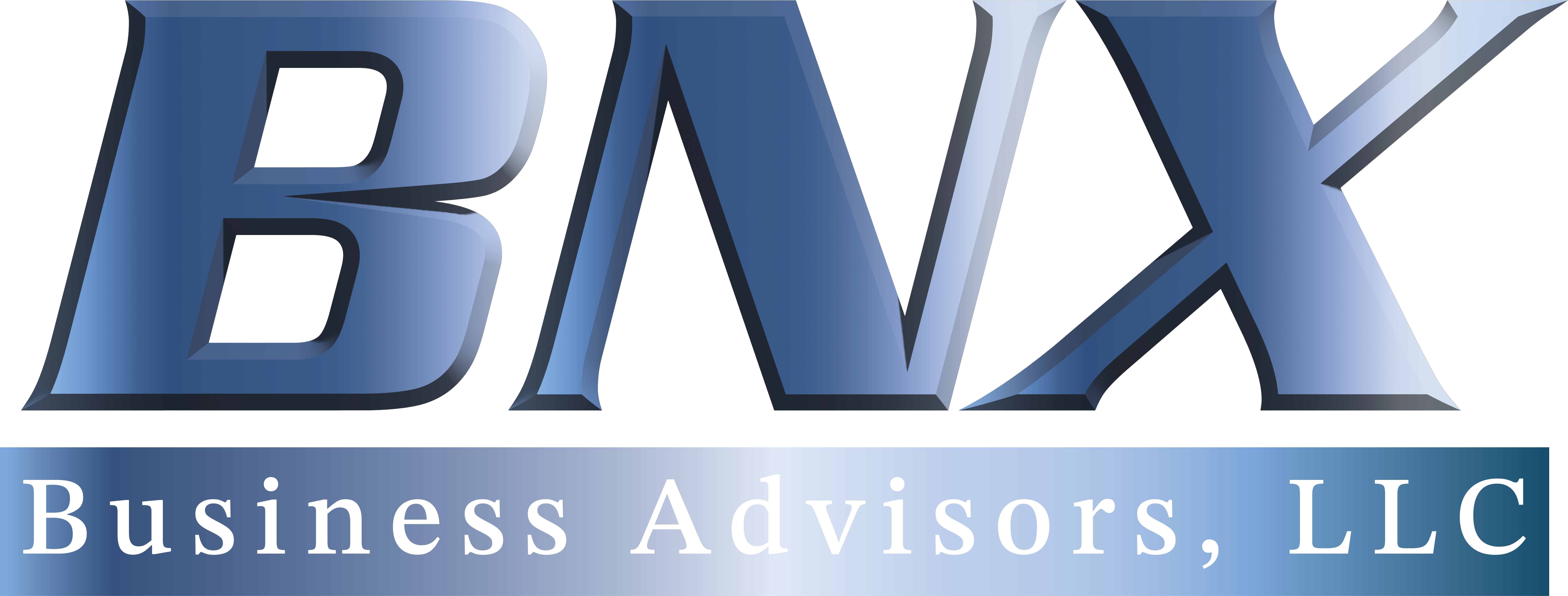

Table of Contents
In many organizations, Human Resources (HR) is often viewed in broad strokes as the department responsible for hiring and firing, payroll, and ensuring compliance with labor laws. But in reality, HR’s role extends far beyond these basic tasks. Modern HR is a multifaceted function that plays a crucial role in shaping organizational success by supporting employee growth, enhancing productivity, and aligning workforce strategies with business objectives.
HR operates across three main engagement areas—strategic, tactical, and administrative—each with distinct responsibilities and contributions to the organization’s well-being. In this blog, we’ll explore what HR truly does in each of these areas and why HR’s influence is essential to driving both short-term and long-term organizational success.
1. Strategic HR Engagement: Aligning HR with Business Goals
Strategic HR engagement is where HR operates as a business partner, working to align workforce strategies with the overarching goals of the organization. This level of HR is focused on long-term planning, organizational culture, and developing a workforce that can adapt to future challenges. By taking a strategic approach, HR can drive initiatives that position the company for growth and innovation.
Workforce Planning and Development
At the strategic level, HR collaborates closely with senior leadership to understand business objectives and ensure that the workforce is aligned with these goals. This often involves conducting workforce planning, where HR assesses current talent, identifies skill gaps, and forecasts future hiring needs. Strategic workforce planning ensures that the company has the right people in place to support growth and meet future demands.
Building and Reinforcing Company Culture
Company culture is a powerful tool that can significantly impact employee engagement, productivity, and retention. Strategic HR engagement includes building a culture that aligns with the company’s values and goals. This involves defining core values, implementing cultural initiatives, and developing policies that foster a positive work environment. By reinforcing a cohesive culture, HR helps attract and retain talent that aligns with the organization’s mission.
Leadership Development and Succession Planning
HR’s role in leadership development and succession planning is essential for long-term stability. Succession planning involves identifying and developing employees who can step into leadership roles as they become available. By investing in leadership development, HR ensures a steady pipeline of capable leaders who are ready to take on key positions, minimizing disruption during transitions and supporting continuous growth.
Key Strategic Impact: By engaging strategically, HR supports the company’s long-term success, creates a future-ready workforce, and aligns talent development with business goals. This level of HR engagement transforms HR from a support function into a strategic asset that drives organizational growth.
2. Tactical HR Engagement: Managing Operational Challenges and Improving Productivity
Tactical HR engagement focuses on implementing HR initiatives that address immediate, short-term needs. This level is where HR applies policies and programs to solve current challenges, such as skill shortages, low productivity, or departmental restructuring. Tactical HR engagement is critical for helping organizations remain agile and responsive to changes and challenges in the business environment.
Employee Training and Skill Development
One of HR’s tactical roles is to manage employee training and development programs that address specific skill gaps within the workforce. Tactical HR assesses the current skill levels of employees and identifies areas where immediate improvement is needed. By providing targeted training, HR helps employees develop skills that align with operational needs, enhancing productivity and job performance in the short term.
Performance Management
Tactical HR also includes performance management, which involves setting goals, providing feedback, and conducting performance reviews. Effective performance management helps align individual contributions with organizational objectives and provides a structured way to address performance issues. Through regular feedback and development plans, HR can support employees in meeting expectations and improving their performance.
Workplace Investigations and Conflict Resolution
Managing conflicts and conducting workplace investigations are important aspects of tactical HR. When conflicts arise, HR plays a key role in resolving issues, mediating between parties, and ensuring that resolutions align with company policies and values. HR also handles workplace investigations, ensuring that they are conducted fairly and transparently. Effective conflict resolution contributes to a more harmonious work environment and reduces potential legal risks.
Key Tactical Impact: Tactical HR engagement enables organizations to address immediate challenges effectively, maintain productivity, and create an adaptable workforce that can respond to shifts in business needs. By focusing on short-term solutions that address pressing issues, tactical HR helps keep operations running smoothly and efficiently.
3. Administrative HR Engagement: Ensuring Compliance and Managing Daily Operations
Administrative HR engagement is the foundation of the HR function, covering the essential day-to-day operations that support employees and ensure compliance with labor laws. This level of HR handles the core responsibilities that keep the organization running smoothly, providing a stable framework upon which strategic and tactical initiatives can be built.
Payroll and Benefits Administration
At the administrative level, HR is responsible for managing payroll and benefits administration. This includes ensuring that employees are paid accurately and on time, overseeing benefits enrollment, and addressing employee questions related to compensation. Payroll and benefits are essential to employee satisfaction and retention, as they directly impact the financial and health security of the workforce.
Compliance with Labor Laws and Regulations
Compliance is one of HR’s most critical responsibilities, as it protects the organization from legal risks and fosters a safe and fair workplace. Administrative HR ensures that the company adheres to local, state, and federal employment laws, covering areas such as minimum wage, overtime, workplace safety, and anti-discrimination policies. HR’s role in compliance helps build trust with employees and protects the company’s reputation.
Onboarding and Offboarding Processes
Administrative HR also oversees the onboarding and offboarding of employees, which involves setting up new hires for success and managing the exit process for departing employees. Effective onboarding helps new employees acclimate to the company’s culture and policies, increasing the likelihood of long-term retention. Similarly, a structured offboarding process ensures a smooth transition, maintains positive relationships, and secures company knowledge.
Key Administrative Impact: Administrative HR engagement creates the structural support needed to sustain operations, ensuring that all employees are fairly compensated, protected by labor laws, and supported throughout their employment lifecycle. By managing compliance and daily operations, administrative HR frees up resources and builds a secure environment where employees and managers can focus on their work.
Conclusion: The Holistic Role of HR in Organizational Success
The question “What does HR really do?” often leads to assumptions that HR is solely focused on hiring, firing, or paperwork. However, as we’ve seen, HR’s responsibilities are much broader and deeply integrated into every layer of an organization’s success. By operating across strategic, tactical, and administrative levels, HR plays a critical role in aligning business objectives, maintaining productivity, and supporting daily operations.
Strategic HR drives long-term value by aligning the workforce with business goals, building a strong culture, and preparing future leaders.
Tactical HR addresses short-term needs through targeted training, performance management, and conflict resolution, helping organizations remain agile and effective.
Administrative HR provides essential support, ensuring compliance, managing payroll, and supporting employees from onboarding to offboarding.
For C-suite leaders, recognizing HR’s multifaceted role is essential to leveraging HR as a strategic asset that drives organizational success. By investing in all three areas of HR engagement, companies can build a resilient, productive, and future-ready workforce, ready to adapt and excel in an ever-changing business environment.
In short, HR isn’t just a department that handles paperwork; it’s a comprehensive function that supports, empowers, and drives the organization forward. From long-term planning to daily operations, HR is integral to creating a thriving organization where people and business can succeed together.
📌 If you need to know more, you can contact us directly and visit our website
Email: YaraB@BNXBA.com
Website: www.BNXBA.com
